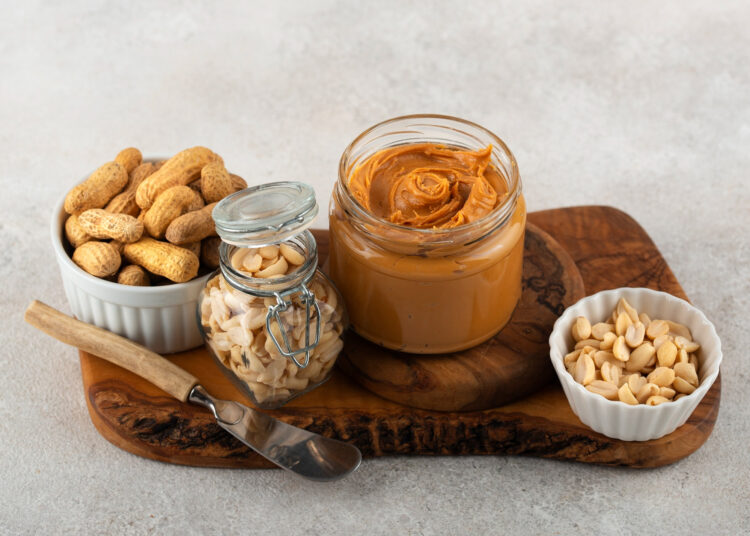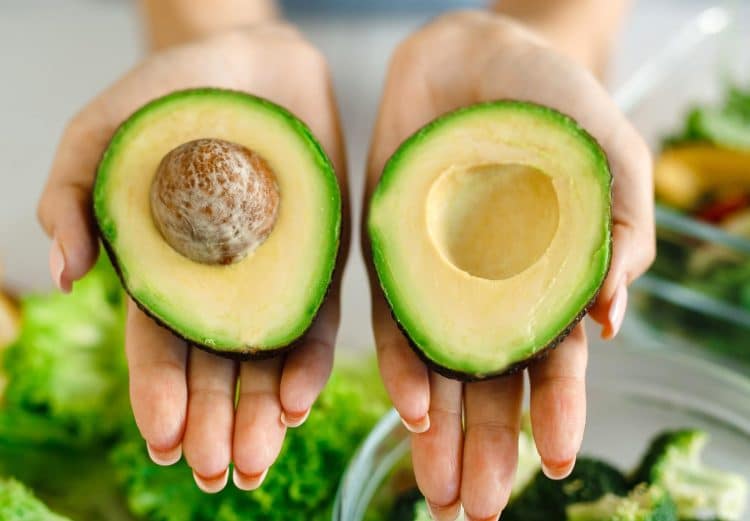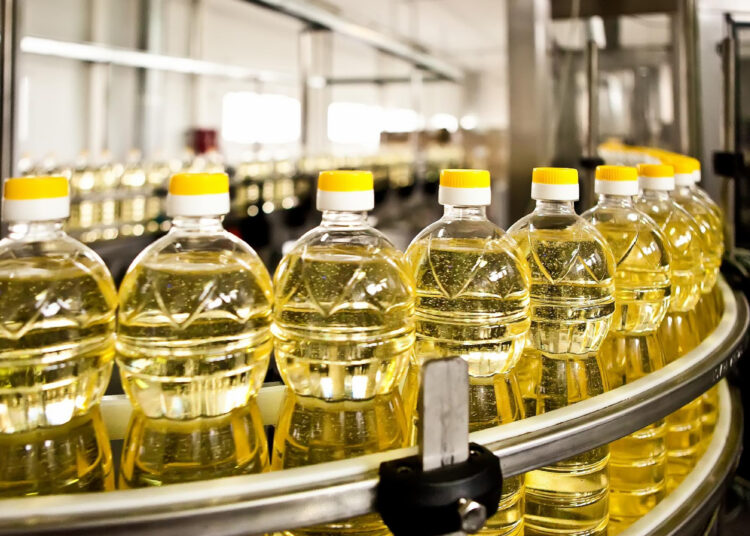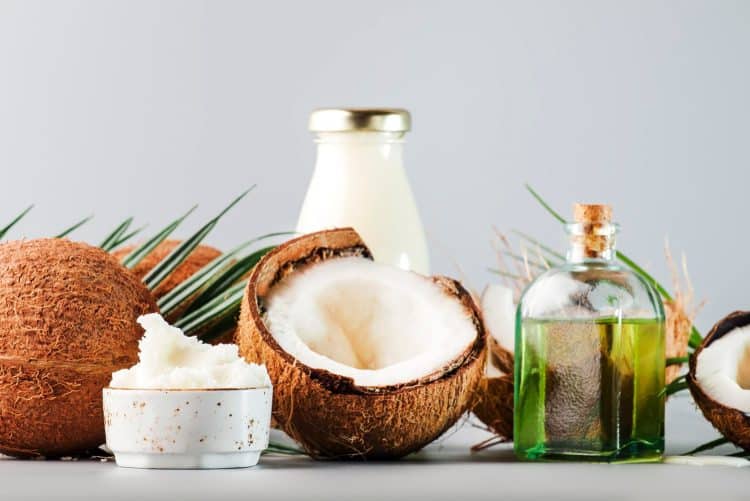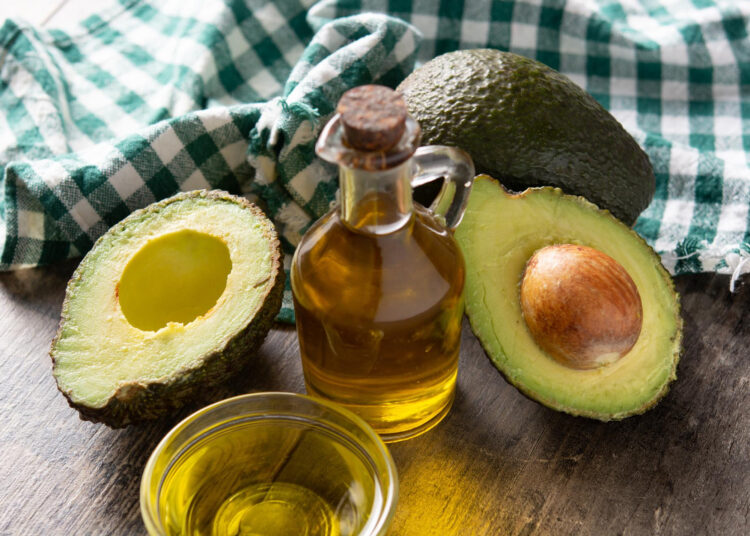As soon as you start your fitness journey, people will start telling you to add avocados to your salads, snack on nuts, and use olive oil in your cooking.
However, most people fail to question these food choices. If these recommendations are so effective, why do only a few ever achieve their fitness goals?
As a personal trainer with almost two decades of hands-on experience, I can attest that most people eat the right amount of protein and carbs but slip on the fat intake, causing their progress to stall.
In this article, I’ll pull back the curtain on three healthy fat sources that have nutritional merits but can cause a roadblock in your fitness journey if you overlook a few things. I’ll also share what you can do to streamline your gains. We have a lot to unpack, so sit tight and read on.
The “Healthy Fat” Halo Effect: Understanding the Misconception
Let’s begin by setting some standards. There are two types of fats — healthy and unhealthy. Processed foods fall into the latter category.

Healthy fats can be further classified into two categories:
Level Up Your Fitness: Join our 💪 strong community in Fitness Volt Newsletter. Get daily inspiration, expert-backed workouts, nutrition tips, the latest in strength sports, and the support you need to reach your goals. Subscribe for free!
- Monounsaturated Fats: They are found in foods like nuts, avocado, and olive oil. They are incredibly good for your heart health and help keep your cholesterol levels in check and boost overall health.
- Polyunsaturated Fats: These include omega-3 and omega-6 fatty acids. They are found in fatty fish like salmon and mackerel and walnuts, flaxseeds, and certain vegetable oils.
You must be well-versed with these fats because they have several benefits, including:
- Support heart health: Incorporating healthy fats into your diet can help lower bad cholesterol (LDL) and raise good cholesterol (HDL).
- Boost brain function: These can help with cognitive health and development.
- Aid hormone production: Healthy fats are essential for the production of vital hormones like testosterone and growth hormone.
- Enhance satiety: These can keep you feeling full for longer, supporting your transformation journey.
- Improve nutrient absorption: Several vitamins like A, D, E, and K are fat soluble, meaning your body needs fat to absorb them properly.
However, many people fall into the healthy fat halo effect. This makes people think that just because a food is healthy, they can eat as much of it as they want.
Clever marketing is a big contributing factor to this phenomenon. Many food products have labels that mention ‘heart-healthy’ or ‘omega-3 rich’ on the packages. However, the brands conveniently forget to mention the poor calorie balance.
Even if you are eating the healthiest foods on the planet, but end up consuming more calories than you expend in a day, your weight loss progress will stall.
Use this total daily energy expenditure (TDEE) calculator to determine your ideal daily calorie and macronutrient goals.
1. Nuts and Nut Butters — The Calorie-Dense Overeaters
Without further ado, let’s talk about the three healthy fats that can stall your progress if you go overboard with them, starting with nuts and nut butters.
These are the snack of choice for many people trying to eat healthily. However, most of them take it way too far and munch on them throughout the day as if they are calorie-free air.
Although nuts pack a nutritional punch, they are also very calorie-dense.
Nuts often get the ‘healthy tag’ because they are packed with monounsaturated and polyunsaturated fats. They also contain a high dose of protein, which is crucial for muscle repair and growth.
Nuts contain fiber, which aids in digestion, regulates blood sugar levels, and keeps you feeling full for longer.
These small powerhouses are loaded with essential vitamins and minerals that can promote antioxidation and help eliminate free radicals from the body.
Hidden Dangers of Nuts
Reading about all these benefits might have convinced you to add more nuts to your diet. However, doing so would be a mistake.
Why is that, you ask?
Nuts are incredibly calorie-dense, and even a small amount of these can derail your weight loss progress. For instance, a single ounce of almonds contains 160-170 calories.
Nut butters are even more concentrated. Just two tablespoons of peanut butter can contain 190-200 calories.
The ease of consumption works against you when it comes to eating nuts. It is very easy to sit down with a tub of peanut butter or nuts and munch on them while watching TV, significantly increasing the risk of overeating.
The recommended serving for nuts is usually one ounce, and two tablespoons for nut butters. This is often way less than what most people consume.
Added Ingredients in Nut Butters
Most nut butters are a disaster when it comes to added ingredients.
Many brands load their nut butters with added sugar to improve their taste. However, this negates some of its health benefits and increases the total daily calorie expenditure.
Some nut butters can contain excessive salt, which can be a concern for people dealing with hypertension.
Some companies even add hydrogenated oils to improve the texture and shelf life of their products, but this can diminish their nutritional value.
All these issues combined can increase your calorie intake, hinder fat loss, and stall your progress.
Here are some of the most popular nuts and their calorie and fat content:
| Food Item | Serving Size | Calories | Fat (g) |
| Almonds | 1 oz (about 23 almonds) | 164 | 14 |
| Walnuts | 1 oz (about 14 halves) | 185 | 18 |
| Cashews | 1 oz (about 18 cashews) | 157 | 12 |
| Peanuts | 1 oz (about 28 peanuts) | 159 | 14 |
| Peanut Butter | 2 tbsp | 190 | 16 |
| Almond Butter | 2 tbsp | 197 | 18 |
2. Avocado — Moderation Matters More Than You Think
Avocados have quickly become a darling of the fitness world. You can find them in everything from salads to guacamole; however, like with nuts, moderation is key when it comes to this smooth, creamy green fruit.
Avocados are rich in monounsaturated fats, vitamins, and minerals and are a good source of fiber.
While the nutrient profile of avocados is excellent, you should still consume them in moderation as they are extremely calorie and fat-dense and can disrupt your weight loss progress.
Medium-sized avocados can contain between 200-300 calories, and the larger ones can pack even more. Plus, a significant portion of these calories comes from fat, which can spell trouble if you’re not careful.
The Superfood Syndrome
This is a natural extension of the healthy halo effect. Many people overindulge while eating avocados because all the hype surrounding them creates a false sense of security.
Level Up Your Fitness: Join our 💪 strong community in Fitness Volt Newsletter. Get daily inspiration, expert-backed workouts, nutrition tips, the latest in strength sports, and the support you need to reach your goals. Subscribe for free!
Experts recommend closely monitoring your avocado intake, especially when you are on a fat-loss program. Adding even one avocado to your salad can turn it from a light meal to a more substantial one.
Some people add avocados to their smoothies to make them more creamy and smooth. However, doing this without considering their impact on your calorie intake is a big mistake.
Eating too many avocados in a day or over a week can put you in a calorie surplus, leading to unwanted weight gain.
You must closely monitor your calorie intake if you are on a shredding program and decide to include avocados in your diet.
Context is King
Each individual is unique, and your diet must be set according to your lifestyle, activity levels, and fitness goals.
When it comes to avocados, active individuals who exercise daily and have a physically intensive job can get away with eating a single avocado every day.
However, people with desk jobs must closely monitor their calorie intake and expenditure to ensure they don’t gain weight while eating avocados daily.
Most people will be better off starting with half a quarter of avocado daily. Think of avocados as flavor enhancers initially and keep their quantity in your recipes as low as possible.
3. Certain Cooking Oils — The Processed “Health” Trap
While nuts and avocados can be pretty obvious, let’s talk about something that can be an invisible contributor to your fat intake — cooking oils.
You can spend all the time in the world picking the right sources of protein and carbs, but it can all be a waste if you cook them in the wrong oils. Plus, you must be extra diligent about a few oils that are marketed as ‘healthy’ but might wreak havoc on your overall health.
We’ll focus on the polyunsaturated oils like soybean, corn, sunflower, and canola oil as they are touted as healthy because they contain omega-3 and omega-6 fatty acids. However, the following three factors switch the narrative completely:
Processing methods
These oils undergo high-heat extraction and involve chemical use to maximize yield. This process strips away some of the good nutrients and leaves behind traces of unhealthy chemical residue.
I don’t know about you, but this process doesn’t sound healthy to me.
Omega-6 to omega-3 imbalance
Although polyunsaturated fats are essential, the omega-6 to omega-3 ratio can make all the difference. These highly processed oils are very high in omega-6 fatty acids and lack omega-3, which can promote inflammation in the body.
If you push yourself in the gym daily, you cannot overlook inflammation control, as it impacts recovery.
Oxidation potential
These oils are more prone to oxidation, especially when exposed to high heat during cooking. Oxidized oil can increase harmful free radicals in the body, which can damage cells in the body.
A Word About Coconut Oil
There has been a lot of buzz around coconut oil recently, and some people even call it a superfood.
Coconut oil is very high in saturated fats. However, some studies show that it might have some unique benefits due to its medium-chain triglycerides (MCTs). (1)
Other researchers have raised concerns about its negative impact on LDL cholesterol in some individuals. While the jury is still out, this is worth considering if you have a history of high cholesterol levels.
Whether you are using coconut or any other oil, you must be mindful of the impact it will have on your overall daily calorie intake.
Since cooking oils are pure fat, they are incredibly calorie-dense. A tablespoon of any cooking oil contains around 120-140 calories and 12 to 15 grams of fats.
These calories can quickly add up if you’re not careful and hamper your weight loss progress.
Healthier Alternatives
You should prioritize oils rich in monounsaturated fats, like extra-virgin olive oil and avocado oil, for most of your cooking needs.
Furthermore, cook most of your food at lower temperatures to minimize oxidation.
If you prefer using saturated fats like coconut oil in your cooking, do so in moderation while weighing its impact on your cholesterol levels.
I would suggest cooking with as little oil as possible, as you do not need a lot to add flavor to the food. Also, always use a measuring spoon and never pour directly from the bottle.
You could minimize the use of oil by opting for cooking methods like baking, roasting, grilling, steaming, and air frying.
How to Enjoy Healthy Fats Without Sabotaging Your Progress
Although fats have several potential pitfalls, you don’t need to give up on them entirely. Here are a few strategies you can employ to incorporate them into your diet without hampering your overall health:
- Prioritize whole food sources: Opt for unprocessed food sources like whole nuts and seeds instead of using nut butters and other processed items.
- Always read food labels: Get into the habit of reading labels to check the calorie and fat content of a food item.
- Focus on portion control: Irrespective of your fitness goal, you must always pay attention to your serving sizes and ensure they align with your daily calorie and macronutrient intake goals.
- Practice mindful eating: Mindless snacking on high-fat sources like nuts is one of the biggest reasons many people fail to lose weight. Be present and aware while eating anything to minimize the risk of overeating.
- Track your calories: I highly recommend using a calorie-tracking app like MyFitnessPal to log your meals and ensure your diet aligns with your fitness goals.
Besides these three big fat sources, you should also be mindful of eating fatty fish; seeds like chia, flax, and hemp; olives; and dark chocolate, as they are incredibly calorie-dense and have other nuances that you must consider.
Conclusion
Healthy fats are essential for optimal body functionality and overall health and well-being. However, overconsumption or poor food choices can hinder your progress and increase the risk of contracting chronic health issues.
Prioritize eating the right healthy fat sources and eat them in moderation to work towards your fitness goals in a balanced and sustainable way.
If you have any questions about healthy fats and how they could be sabotaging your health, post them in the comments below, and I’ll be happy to help!
References:
- Duranova, H., Kuzelova, L., Fialkova, V. et al.Coconut-sourced MCT oil: its potential health benefits beyond traditional coconut oil.Phytochem Rev 24, 659–700 (2025). https://doi.org/10.1007/s11101-024-09969-1

